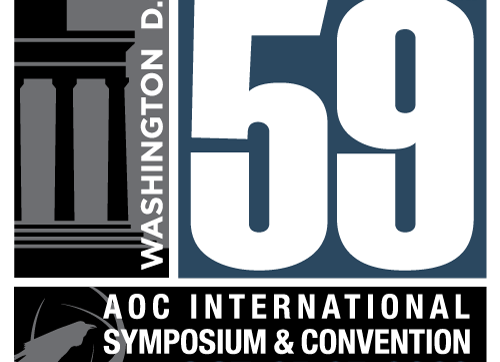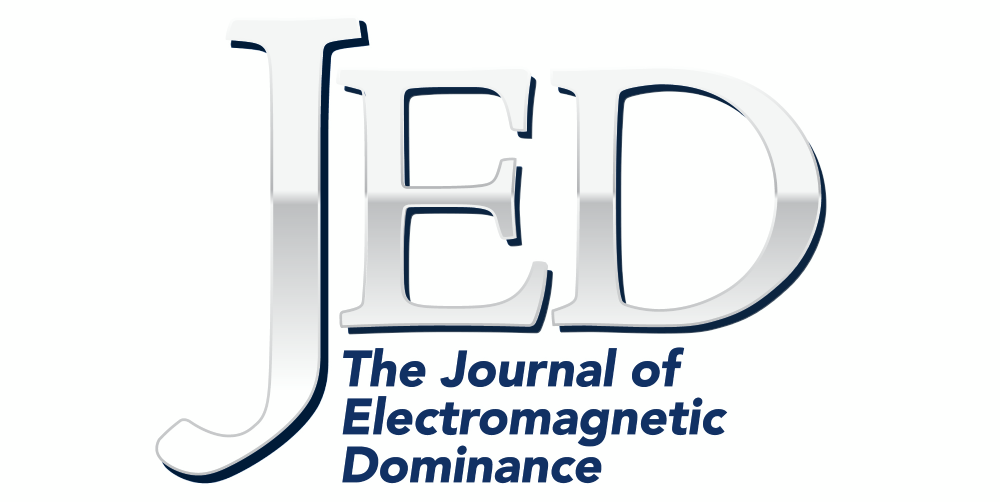
Steve Mensh is senior vice president and general manager of Textron Systems’ Electronic Systems and Geospatial Solutions businesses, as well as a member of the Textron Systems Executive Leadership Team. As the leader of Electronic Systems and Geospatial Solutions, he sets the strategic path for the business, supervises the operational execution of new programs and products and oversees all aspects of site infrastructure. Prior to assuming his current position, Mensh was vice president of programs, with responsibilities ranging from management of personnel and investment resources to proposal and research activities. Before joining Textron Systems, Mensh supported Aeronautical Radio Incorporated (ARINC) as technical director, while concurrently serving as program director, responsible for growing the company’s aviation and avionics modernization business. He began his career at the company as an electronics engineer. Mensh earned a bachelor’s degree in physics from Loyola University Maryland and has continued his education through several courses in management and business development, including Textron’s Senior Executive Leadership Program at Duke University and the Executive Leadership Program at the Thunderbird School of Global Management.
JED: Textron Systems’ A²PATS has made a significant impact in the threat simulation market. What has made it such a successful program for Textron, and what does the future A²PATS roadmap look like in terms of new features and capabilities?
Mensh: Our modular, scalable hardware approach to EW simulation is based on a core software operating system. We tailor our solution to each customer using an advanced hardware application based on a common set of components. This model allows us to rapidly produce hardware and tailor our common software to meet customer schedules.
In 2023, we will deliver an A²PATS system with combined Electronic Intelligence (ELINT) and Communications Intelligence (COMINT) capabilities to an international customer. These advanced capabilities are generated using our direct port architecture SSI RF source. Our system not only produces RF, but it is also able to receive RF and incorporate the RF and output with the A²PATS signals to the unit under test.
From the beginning, Textron Systems has pushed the state-of-the-art limits of EW Simulation technology. The A²PATS was modular and scalable long before that was the customer requirement, and we are continuously updating and upgrading our capabilities to match the needs of the test community across the T&E Enterprise. More and more, testing is being performed in lab/chamber environments. By providing the ability to accurately present a complex and dense environment to systems under test (SUT), Textron enables the Warfighters to adequately test their systems.
We have a number of initiatives on our roadmap, including cognitive EW capabilities, expanded requirement ranges and multispectral test capabilities. Many of these capabilities already exist in the A²PATS product line, but as technology and threat complexity continue to increase, we are adding new capabilities to enhance our systems. Multispectral test capability is a good example. We can now do ELINT, COMINT, Integrated IADS and EO/IR testing using a single A²PATS engine, presenting a totally coherent virtual battlespace to the SUT.
JED: Many markets in the defense sector seem to be migrating from one where a company offers products and systems that are operated by the military customer to more of a services-based model. Do you see a future where EW simulation – either for testing or training applications – moves in a services direction, and what would that business model look like?
Mensh: Textron Systems is very familiar with the “fee-for-service” business model, as we perform this type of service in the ISR unmanned air vehicle marketplace. We also perform tactical airborne training and provide chase aircraft. Textron Systems has pioneered much of what are now contracted air services industry standards with a fleet of over 100 aircraft.
To date, we have not had our customer base request fee for service in our EW simulation, training or flight line test equipment areas in any great volume, but we have provided testing services in the EO/IR long range area.
JED: Textron has many EW simulation customers in the US and across the globe. What types of requirements are you seeing from some of your international customers?
Mensh: Textron Systems is seeing our EW simulation customers asking for greater test threat density in the simulators. Many of our customers across the globe are much closer to areas of conflict than we are in the US, and as such, require the capability to quickly model the high-fidelity threats and threat environments they face on a daily basis. This includes the density of Red, Blue, Gray and White threats that are in the environment. Our ability to do ELINT and COMINT concurrently provides extreme EMSO capability and allows them to accurately model the battlespace for all types of threats never before possible, ensuring their systems are working as expected. Our global customers are also looking for integrated laboratories where multiple simulation capabilities are integrated together to provide a coherent battlespace. Current customers test multiple systems in their labs, requiring reconfigurability in the systems we provide. Many of our customers test with the large complex system and alternatively divide the system into smaller systems to support multiple different tests simultaneously. The modular architecture of the A²PATS not only facilitates this testing but is purpose-built to support this testing strategy in the future.
JED: Textron has a wide range of offerings for EO/IR threat simulation. What are your plans to grow this area of your business over the next 10 years?
Mensh: In 2021, Textron Systems made the strategic decision to combine the design, engineering and manufacturing RF and EO/IR capabilities into one operation based in Hunt Valley, MD. Our sales organization was already operating this way for years and saw the requirements and customer base merging together. As systems on vehicles and aircraft now have multispectral capability, we too have combined test and training equipment for laboratory, front line and open-air ranges. We have grown from single source testers to multi-spectral offerings.
Today’s EMS is highly contested. The threat has evolved from an RF to a multi-spectral, multi-dimensional threat. More platforms are integrating EO/IR capabilities that allow the warfighters to operate and succeed in a dynamic environment. Our A²EOSTIM simulator is one of the latest capabilities we have fielded to meet that challenge and provide them with the necessary tools. Our launch customer was the F-35 program in support of the Electro-Optical Distributed Aperture System (EO DAS). Providing an integrated multi-spectral test capability, the A²EOSTIM is built on the A²PATS engine, automatically providing coherent SIGINT and EO/IR testing in a lab environment. As SUTs become fully integrated using complex fusion engines to determine the threat environment, coherent multi-spectral capabilities will be vital to performing comprehensive testing. Textron Systems has a full range of capabilities, from lab to flight line, and we will continue to develop new capabilities, like multi-spectral, multi-domain simulation and test to support the warfighters.
JED: With the DOD focusing more attention on LVC environments, where do you see EW training headed over the next decade, and how is Textron Systems shaping its strategy to address this long-term trend?
Mensh: The DOD appears to be making a strategic decision to focus more on the environments that support LVC, and we agree. Negative training can occur even with high-fidelity platform sims, if all elements of the battlespace environment around the platform are not realistic. Textron Systems’ focus and expertise is on modeling the Integrated Air Defense Systems (IADS) which so important to these 5th Generation assets. Therefore, Textron has focused its attention on bringing FORTRIS, a high-fidelity IADS simulation, to the battlespace and complement our GOTS and COTS partners, bringing a best-in-breed solution to the warfighter.



